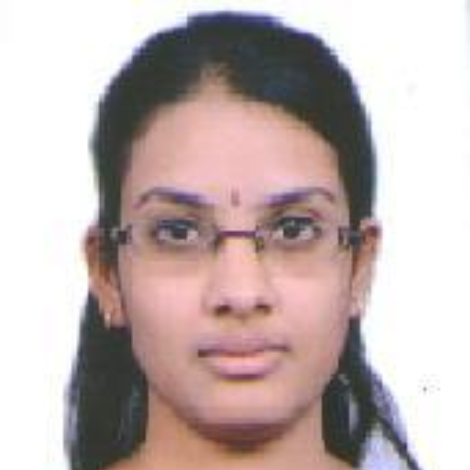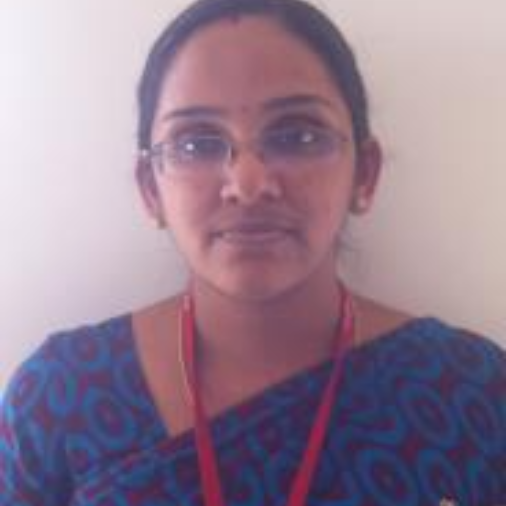International Journal of Wireless and Microwave Technologies (IJWMT)
IJWMT Vol. 4, No. 2, 8 Mar. 2014
Cover page and Table of Contents: PDF (size: 133KB)
Approaches of Buried Object Detection Technology
Full Text (PDF, 133KB), PP.31-37
Views: 0 Downloads: 0
Author(s)
Index Terms
Electrical Impedance Tomography, X-ray backscatter, Infrared Systems, Acoustics/ seismic systems, Neutron Methods, SVD, Least squares
Abstract
This paper describes the different art of buried object detection technology and algorithms. This detection of buried object finds application in many areas, importantly in the Landmine detection which is of growing concern due to the danger of buried landmines to people’s lives, economic growth and development. This paper describes and analyzes different technology available. The approaches discussed are Electrical Impedance Tomography, X-ray backscatter, Infrared Systems, Acoustics/seismic systems; Neutron based Method and finally Ground-Penetrating Radar with two commonly available approaches: Least squares and SVD approach. Finally, the paper concludes highlighting the need to improve the way this information is processed and compared.
Cite This Paper
Nagashree R N, Aswini N,"Approaches of Buried Object Detection Technology", IJWMT, vol.4, no.2, pp.31-37, 2014. DOI: 10.5815/ijwmt.2014.02.04
Reference
[1]I. Robledo, M.Carrasco and D. Mery, “A survey of land mine detection technology” International Journal of Remote Sensing Vol. 30, No. 9, 10 May 2009, 2399–2410.
[2]Ahmet Burak, Yoldemir and Mehmet Sezgin, “A Least Squares Approach to Buried Object Detection Using Ground Penetrating Radar”, IEEE Sensors Journal, vol. 11, no. 6, June 2011.
[3]Tomasz M. Grzegorczyk, Beijia Zhang, and Matthew T. Cornick, “Optimized SVD Approach for the Detection of Weak Subsurface Targets From Ground-Penetrating Radar Data”, IEEE trans on Geosci. and Remote Sens, vol. 51, no. 3, march 2013.
[4]Jeffrey J. Daniels, “Ground Penetrating Radar Fundamentals”, Department of Geological Sciences, the Ohio State University.
[5]Laura E. Gilcrist, Gregory S. Baker, Saravanan Swaminathan, Donald P. Visco, Jr., Ramesh Bharadwaj, Supratik Mukhopadhyay, Krishna Shenai, and Surajit Sen, “Acoustic Interrogation of Soil and Possible Remote Detection of Shallow Buried Inclusions”.

